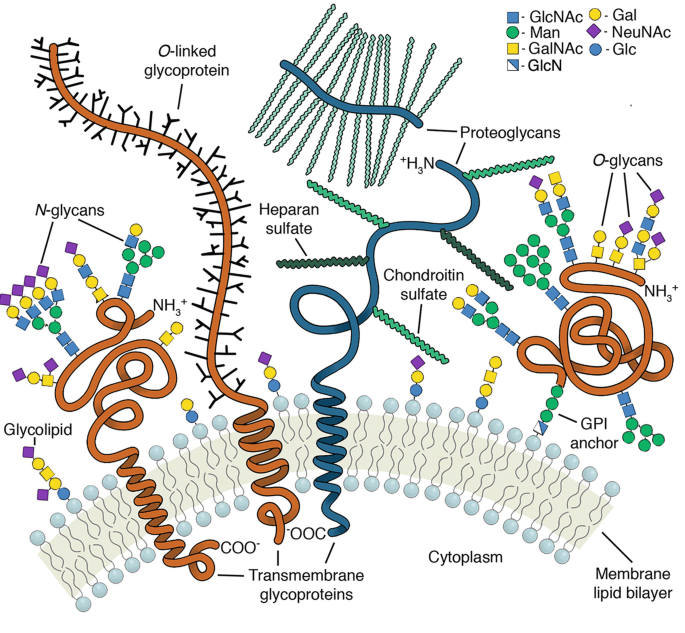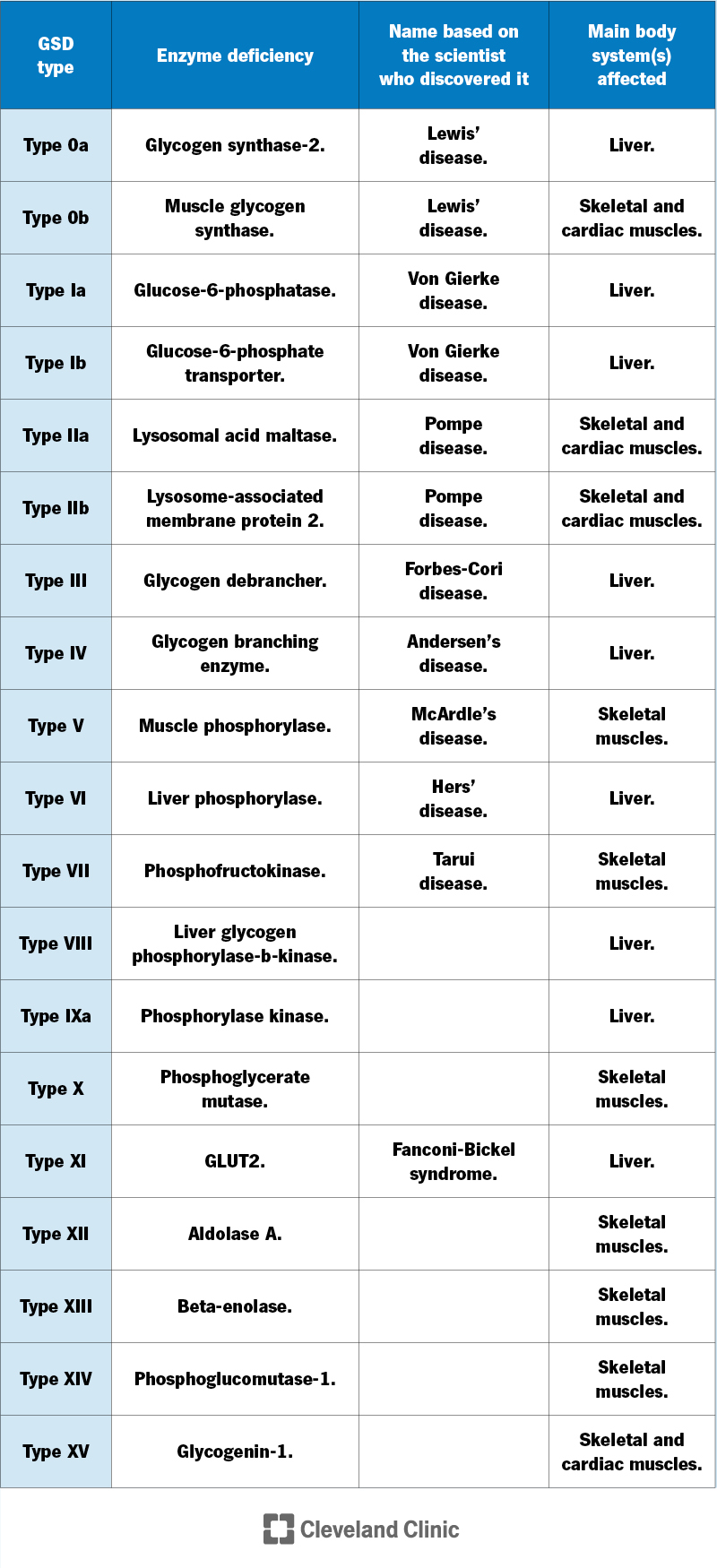Introduction to Complex Carbohydrates
Introduction to Complex Carbohydrates

1. Basic Types of Carbohydrates and Glycoconjugates
Types of Carbohydrates:
- Monosaccharides: The simplest form of carbohydrates (e.g., glucose, fructose).
- Disaccharides: Composed of two monosaccharides linked together (e.g., sucrose, lactose).
- Oligosaccharides: Short chains of monosaccharides (3-10 units).
- Polysaccharides: Long chains of monosaccharides (e.g., glycogen, starch, cellulose).
Glycoconjugates:
- Glycoproteins: Proteins with carbohydrate chains attached; involved in cell-cell recognition, signaling, and immune response.
- Glycolipids: Lipids with carbohydrate chains; important for cell membrane stability and cell recognition.
- Proteoglycans: A type of glycoprotein that is heavily glycosylated; found in connective tissue and involved in maintaining tissue structure.
Types of Carbohydrates:
- Monosaccharides: The simplest form of carbohydrates (e.g., glucose, fructose).
- Disaccharides: Composed of two monosaccharides linked together (e.g., sucrose, lactose).
- Oligosaccharides: Short chains of monosaccharides (3-10 units).
- Polysaccharides: Long chains of monosaccharides (e.g., glycogen, starch, cellulose).
Glycoconjugates:
- Glycoproteins: Proteins with carbohydrate chains attached; involved in cell-cell recognition, signaling, and immune response.
- Glycolipids: Lipids with carbohydrate chains; important for cell membrane stability and cell recognition.
- Proteoglycans: A type of glycoprotein that is heavily glycosylated; found in connective tissue and involved in maintaining tissue structure.

2. Functions of Carbohydrates
- Energy Source: Carbohydrates, particularly glucose, are the primary source of energy for the body.
- Structural Role: Carbohydrates contribute to the structural integrity of cells (e.g., cellulose in plants, chitin in arthropods).
- Cellular Communication: Carbohydrates on the surface of cells are involved in cell-cell recognition and signaling.
- Storage: Carbohydrates are stored as glycogen in animals and starch in plants for later energy use.
- Protein Modification: Carbohydrates attached to proteins (glycosylation) affect protein folding, stability, and function.

3. Biosynthesis of N-Linked and O-Linked Glycans on Glycoproteins
- N-Linked Glycosylation:
- Occurs in the endoplasmic reticulum (ER).
- A pre-formed oligosaccharide is attached to the nitrogen atom of an asparagine (N) residue on the protein.
- The glycan is then further modified in the Golgi apparatus.
- O-Linked Glycosylation:
- Occurs in the Golgi apparatus.
- Sugar molecules are added one by one to the oxygen atom of serine (S) or threonine (T) residues on the protein.
- O-linked glycans are usually shorter and simpler than N-linked glycans.
- Occurs in the endoplasmic reticulum (ER).
- A pre-formed oligosaccharide is attached to the nitrogen atom of an asparagine (N) residue on the protein.
- The glycan is then further modified in the Golgi apparatus.
- Occurs in the Golgi apparatus.
- Sugar molecules are added one by one to the oxygen atom of serine (S) or threonine (T) residues on the protein.
- O-linked glycans are usually shorter and simpler than N-linked glycans.

4. Deficiencies in Breakdown or Biosynthesis of Carbohydrates and Disease
- Glycogen Storage Diseases: Result from deficiencies in enzymes that break down glycogen, leading to its accumulation in tissues. Examples include Pompe disease and McArdle's...

